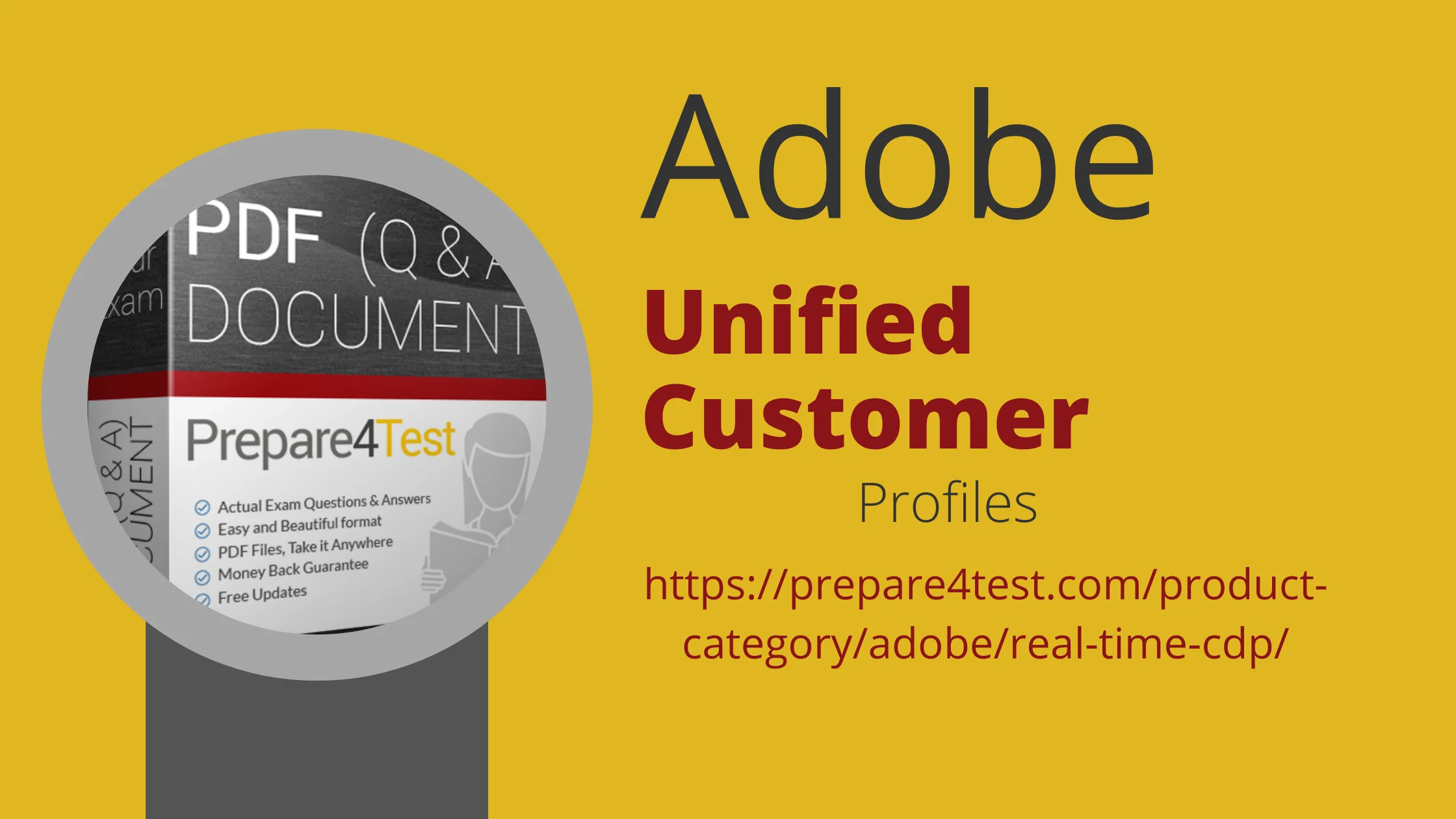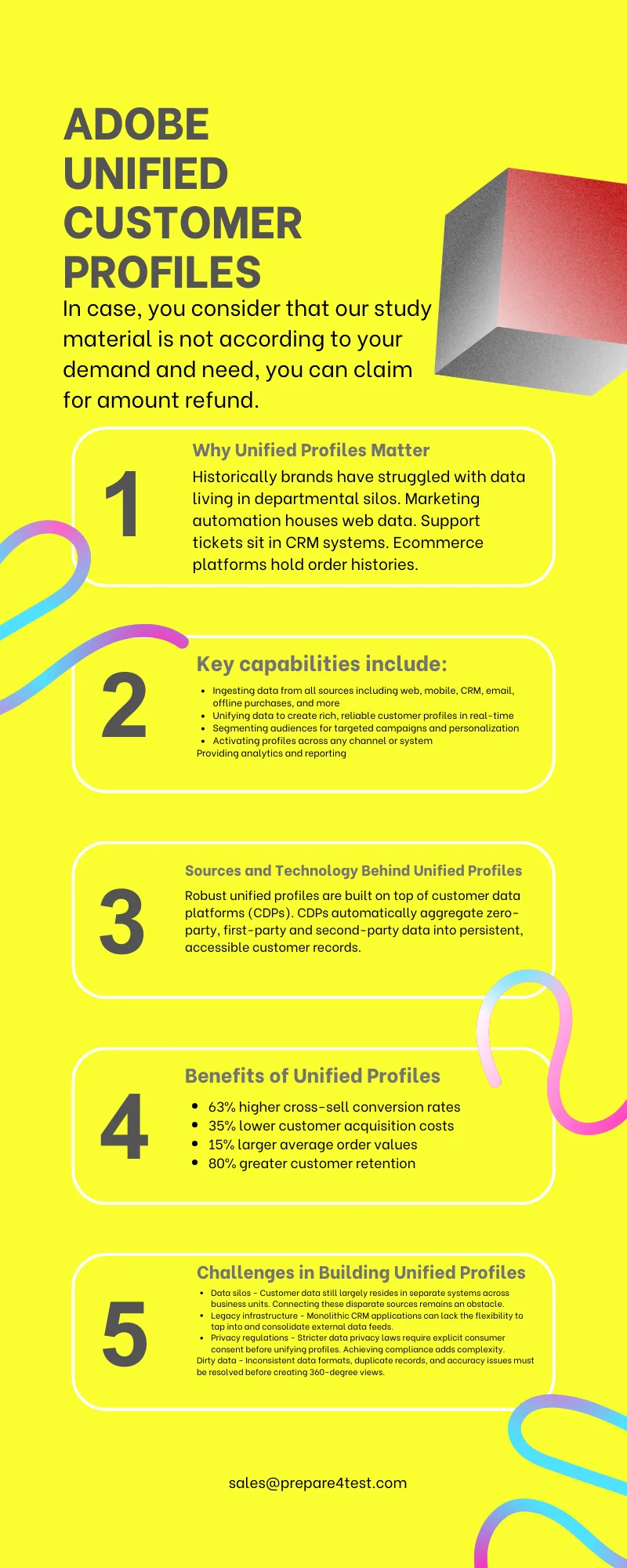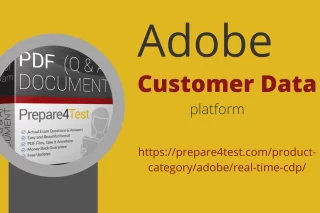
Unified customer profiles (UCPs) are revolutionizing the way brands connect with consumers. By consolidating data from across channels and systems, unified profiles create that crucial 360-degree view of each customer. This powers hyper-personalization and consistently stellar customer experiences.
Why Unified Profiles Matter
Historically brands have struggled with data living in departmental silos. Marketing automation houses web data. Support tickets sit in CRM systems. Ecommerce platforms hold order histories. Piecing together a complete view of a customer across these disparate sources has been virtually impossible.
This also made personalization hit-or-miss. Email campaigns may target you as a high-value customer while a web pop-up treats you like a first-time visitor. This disjointed experience frustrates customers and fails to meet rising CX expectations.
Unified profiles change all of that. By automatically compiling data into a single customer record, unified profiles enable:
- 360-degree understanding – Finally see consumer behaviors, needs and preferences across channels on one screen.
- Intelligent personalization – Draw on comprehensive profiles to make every interaction and offer more relevant.
- Journey optimization – Identify in real-time where customers are struggling to proactively help.
Sources and Technology Behind Unified Profiles

Robust unified profiles are built on top of customer data platforms (CDPs). CDPs automatically aggregate zero-party, first-party and second-party data into persistent, accessible customer records.
Key data sources tied together may include:
- Transactional data
- Website analytics
- Mobile app activity
- Customer service systems
- Loyalty programs
- External purchased data
- Identity graphs
Advanced audience segmentation, predictive modeling and machine learning algorithms help make sense of consolidated data within CDP-generated unified profiles. This powers insight to drive personalization at scale.
Benefits of Unified Profiles
The outcomes from implementing unified customer profiles speak for themselves:
63% higher cross-sell conversion rates
35% lower customer acquisition costs
15% larger average order values
80% greater customer retention
The more unified view of consumers, the better brands can serve up individualized experiences. And the better the experiences, the longer customers remain loyal and engaged. Unified profiles truly unlock a virtuous cycle that compounds over time.
Are your consumer insights still trapped in silos? Follow the lead of customer-obsessed brands building unified profiles on top of capable customer data platforms. Meet the new era of CX head-on.
Challenges in Building Unified Profiles
While the benefits are clear, actually implementing unified profiles presents difficulties, such as:
- Data silos – Customer data still largely resides in separate systems across business units. Connecting these disparate sources remains an obstacle.
- Legacy infrastructure – Monolithic CRM applications can lack the flexibility to tap into and consolidate external data feeds.
- Privacy regulations – Stricter data privacy laws require explicit consumer consent before unifying profiles. Achieving compliance adds complexity.
- Dirty data – Inconsistent data formats, duplicate records, and accuracy issues must be resolved before creating 360-degree views.
Unified Profiles In Action
Let’s explore a few real-world examples of unified profiles delivering value:
- Personalized recommendations – Outdoor retailer REI draws on purchase history, browsing behavior and athletic interests within UCPs to suggest relevant new gear.
- Cross-channel journeys – Telecom provider Vodafone detects when high-value customers call with issues and proactively reaches out via email to retain them.
- Predictive modeling – Insurance firm MetLife analyzes UCPs to assess lifestyle risks and provide customized policy options that reward healthy living.
These use cases demonstrate how unified customer profiles enable brands to serve up tailored interactions across touchpoints. And there are countless other applications as businesses build out their customer data capabilities.
Components of Unified Profiles
Unified customer profiles bring together various types of data to form a complete view of each customer. Key components include:
- Demographic details – Age, location, job title and other descriptive attributes.
- Behavioral data – Website clicks, purchase history, support tickets and other actions.
- Needs and interests – Product preferences, lifestyle factors and declared areas of interest.
- Contact points – Email, phone, social media handles and channel preferences.
Consolidating these attributes, behaviors and preferences is crucial for understanding customers and targeting them accordingly.
Building Unified Profiles
Constructing unified profiles requires several key steps:
- Identify data sources – Catalog customer data fragmented across systems. Prioritize bringing together top sources first.
- Ingest data – Leverage pipelines to connect sources and automatically compile data feeds.
- Resolve identities – Match records to each individual customers across sources via unique identifiers.
- Enrich data – Append third-party data and use modeling to fill gaps and add nuance.
- Maintain data – Keep profiles current by establishing ongoing processes for data hygiene and quality.
Following these best practices ensures unified profiles have the depth, accuracy and recency required to drive personalized customer experiences.
Conclusion
Unified customer profiles provide the crucial 360-degree view of consumers that enables brands to deliver personalized, impactful customer experiences. By breaking down data silos and consolidating information from across channels into a single customer record, unified profiles reveal the full context of who customers are, what they need, and how they behave.
This comprehensive understanding makes it possible to segment audiences, model predictive behaviors, craft targeted messaging, and orchestrate optimized journeys at each touchpoint. With 63% higher conversion rates and 80% greater retention, the outcomes from leveraging unified profiles are transformational.
While building unified views does pose data integration and privacy challenges, the customer-centric use cases and business value fully warrant the investment. Ultimately, unified profiles unlock the future of insight-driven marketing and customer-obsessed cultures.
Savvy brands will view consolidating the consumer perspective not as a project, but as a strategic priority underpinning long-term growth.
In summary, unified customer profiles provide the complete, accurate view of consumers necessary to power personalization and loyalty. The data and technology challenges are real, but so too are the customer experience benefits when brands commit to the unified profile approach.


